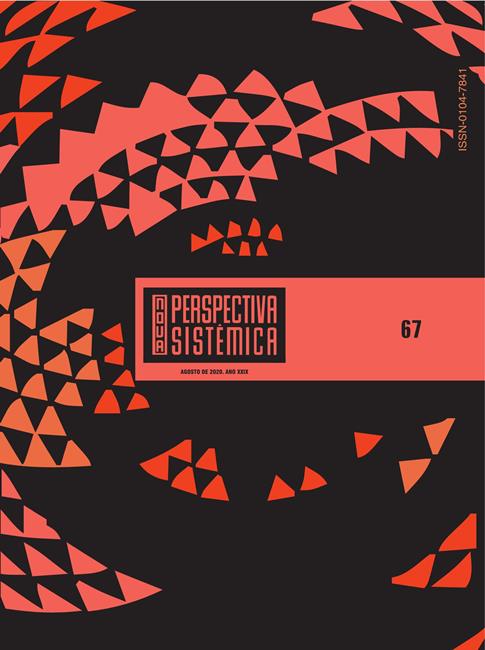RELATIONSHIP CHARACTERISTICS OF COUPLES WHO CHOOSE NOT TO HAVE CHILDREN
DOI:
https://doi.org/10.38034/nps.v29i67.559Keywords:
Conjugality, Family, Children, Maternity, PaternityAbstract
This research aimed to describe characteristics of the marital relationship of couples without children by choice, listing the reasons that led them to make this decision and to understand their level of satisfaction concerning their marital relationship through exploratory and qualitative research Ten couples participated, five young adults (18 to 30 years old) and five adults (31 to 60 years old). Data collection was performed using an online form and was analyzed using the content analysis proposed by Bardin. The results are grouped into four categories that show the dynamics involved in the desire not to have children: 1) Lack of desire to have children; 2) Professional career development; 3) The responsibility required for raising a child; 4) financial stability. Finally, the study showed that couples were satisfied with their relationships and that faced some stigmas based on gender due to the decision of non-maternity / paternity.
Downloads
Downloads
Published
How to Cite
Issue
Section
License
Autores que publicam nesta revista concordam com os seguintes termos:- Autores mantém os direitos autorais e concedem à revista o direito de primeira publicação, com o trabalho licenciado simultaneamente sob uma Licença Creative Commons Attribution após a publicação, permitindo o compartilhamento do trabalho com reconhecimento da autoria do trabalho e publicação inicial nesta revista.
- Autores têm autorização para assumir contratos adicionais separadamente, para distribuição não-exclusiva da versão do trabalho publicada nesta revista (ex.: publicar em repositório institucional ou como capítulo de livro), com reconhecimento de autoria e publicação inicial nesta revista.
- Autores têm permissão e são estimulados a publicar e distribuir seu trabalho online (ex.: em repositórios institucionais ou na sua página pessoal) a qualquer ponto antes ou durante o processo editorial, já que isso pode gerar alterações produtivas, bem como aumentar o impacto e a citação do trabalho publicado (Veja O Efeito do Acesso Livre).

















